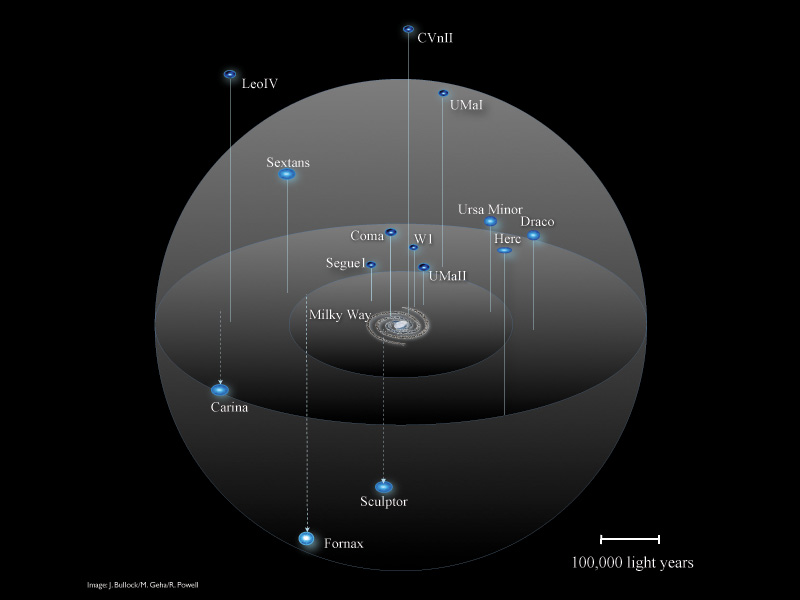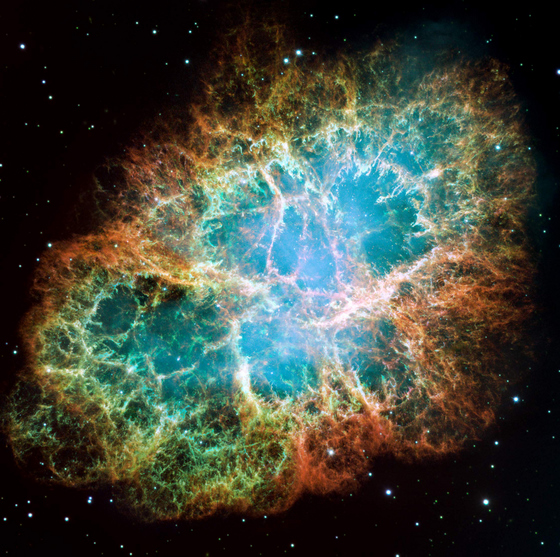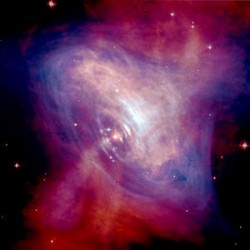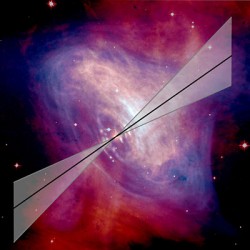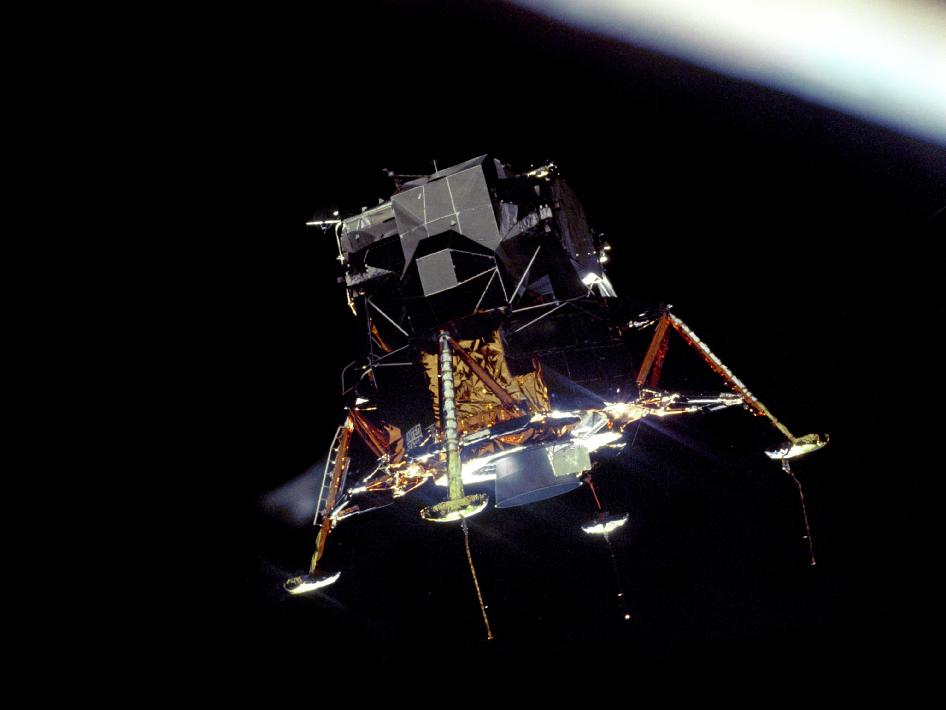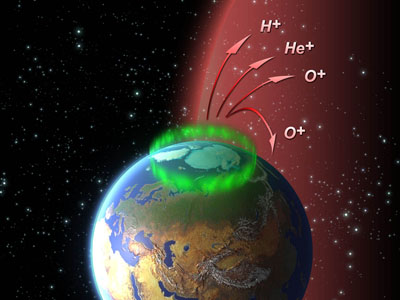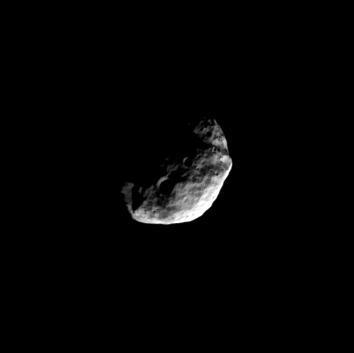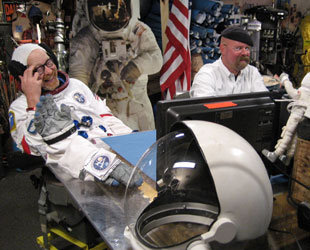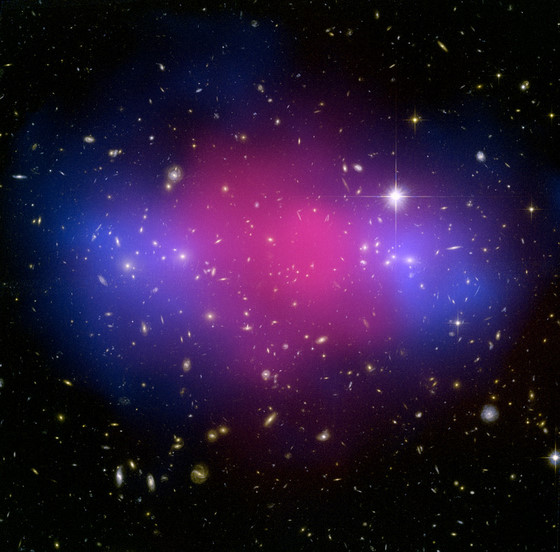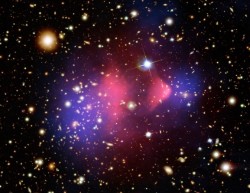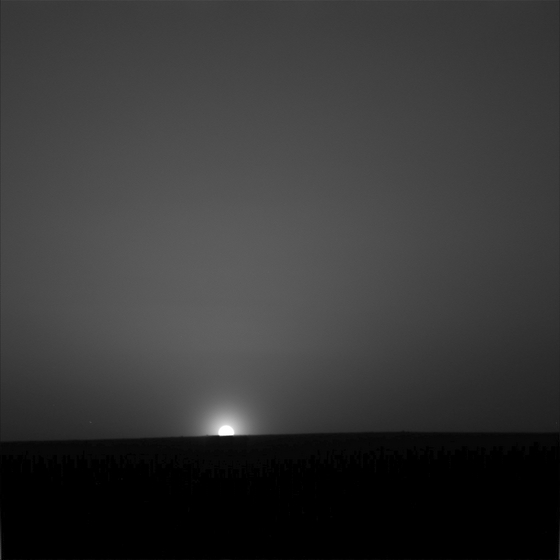[/caption]
More news on dark matter this week: By analyzing light from dwarf galaxies that orbit the Milky Way, scientists believe they have discovered the minimum mass for galaxies in the universe – 10 million times the mass of the sun. This mass could be the smallest known “building block†of the mysterious, invisible substance called dark matter. Stars that form within these building blocks clump together and turn into galaxies. Scientists know very little about the microscopic properties of dark matter, even though it accounts for approximately five-sixths of all matter in the universe. “By knowing this minimum galaxy mass, we can better understand how dark matter behaves, which is essential to one day learning how our universe and life as we know it came to be,†said Louis Strigari, lead author of this study from the University of California, Irvine.
Dark matter governs the growth of structure in the universe. Without it, galaxies like our own Milky Way would not exist. Scientists know how dark matter’s gravity attracts normal matter and causes galaxies to form. They also suspect that small galaxies merge over time to create larger galaxies such as our Milky Way.
The smallest known galaxies, called dwarf galaxies, vary greatly in brightness, from 1,000 times the luminosity of the sun to 10 million times the luminosity of the sun. At least 22 of these dwarf galaxies are known to orbit the Milky Way. UCI scientists studied 18 of them using data obtained with the Keck telescope in Hawaii and the Magellan telescope in Chile, with the goal of calculating their masses. By analyzing stars’ light in each galaxy, they determined how fast the stars were moving. Using those speeds, they calculated the mass of each galaxy.
The researchers expected the masses to vary, with the brightest galaxy weighing the most and the faintest galaxy weighing the least. But surprisingly all dwarf galaxies had the same mass – 10 million times the mass of the sun.
Manoj Kaplinghat, a study co-author and physics and astronomy assistant professor at UCI, explains this finding using an analogy in which humans play the role of dark matter.
“Suppose you are an alien flying over Earth and identifying urban areas from the concentration of lights in the night. From the brightness of the lights, you may surmise, for example, that more humans live in Los Angeles than in Mumbai, but this is not the case,†Kaplinghat said. “What we have discovered is more extreme and akin to saying that all metro areas, even those that are barely visible at night to the aliens, have a population of about 10 million.â€
Since dwarf galaxies are mostly dark matter – the ratio of dark matter to normal matter is as large as 10,000 to one – the minimum-mass discovery reveals a fundamental property of dark matter.
“We are excited because these galaxies are virtually invisible, yet contain a tremendous amount of dark matter,†said James Bullock, a study co-author and director of UCI’s Center for Cosmology. “This helps us better understand the particle that makes up dark matter, and it teaches us something about how galaxies form in the universe.â€
The scientists say clumps of dark matter may exist that contain no stars. The only dark matter clumps they can detect right now are those that are lit by stars.
Scientists hope to learn about dark matter’s microscopic properties when the Large Hadron Collider in Switzerland becomes operational later this year. The device will accelerate two beams of nuclei in a ring in opposite directions and then slam them together to recreate conditions just after the Big Bang. By doing this, scientists hope to create the dark matter particle in the lab for the first time.
Source: University of California, Irvine

